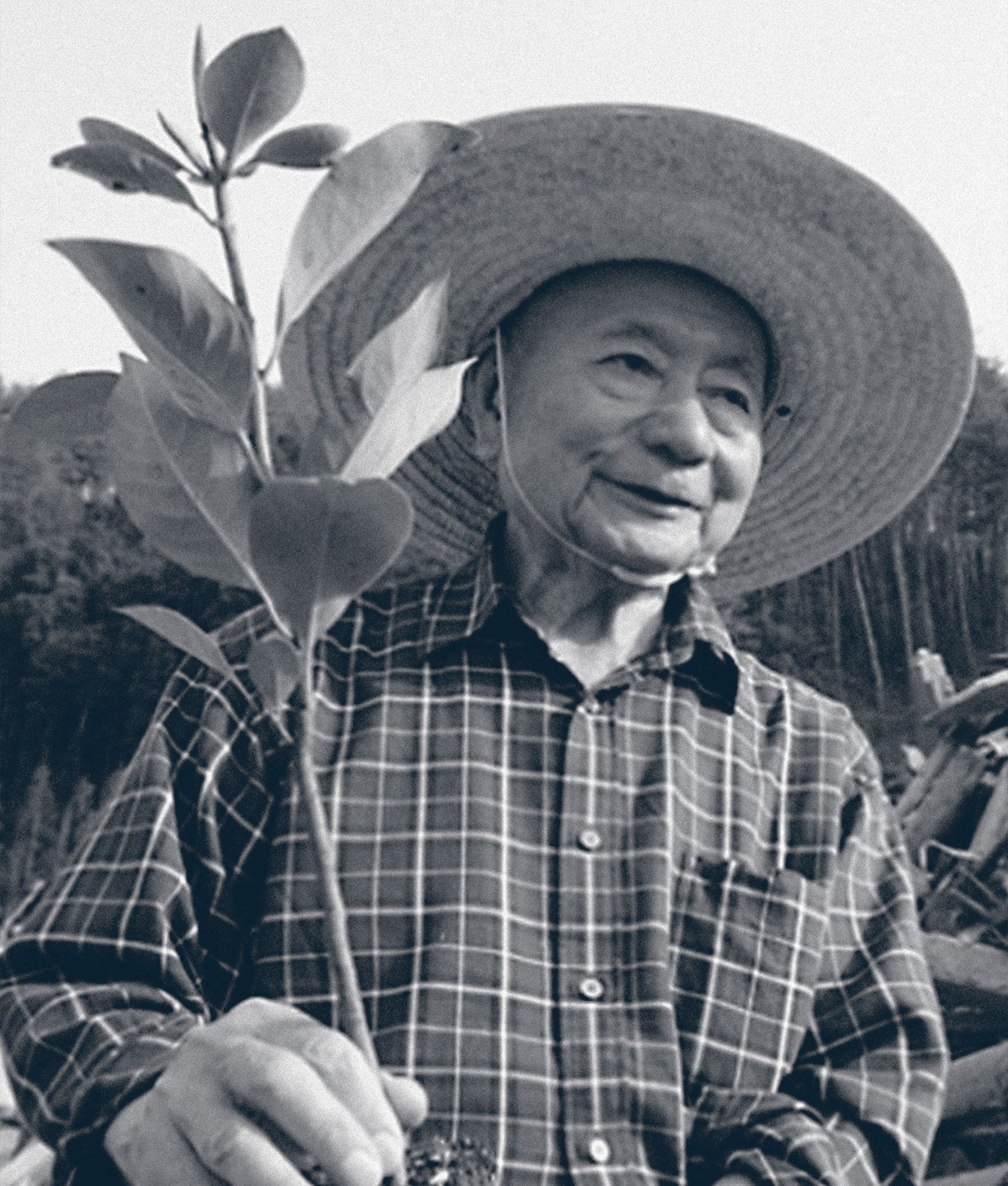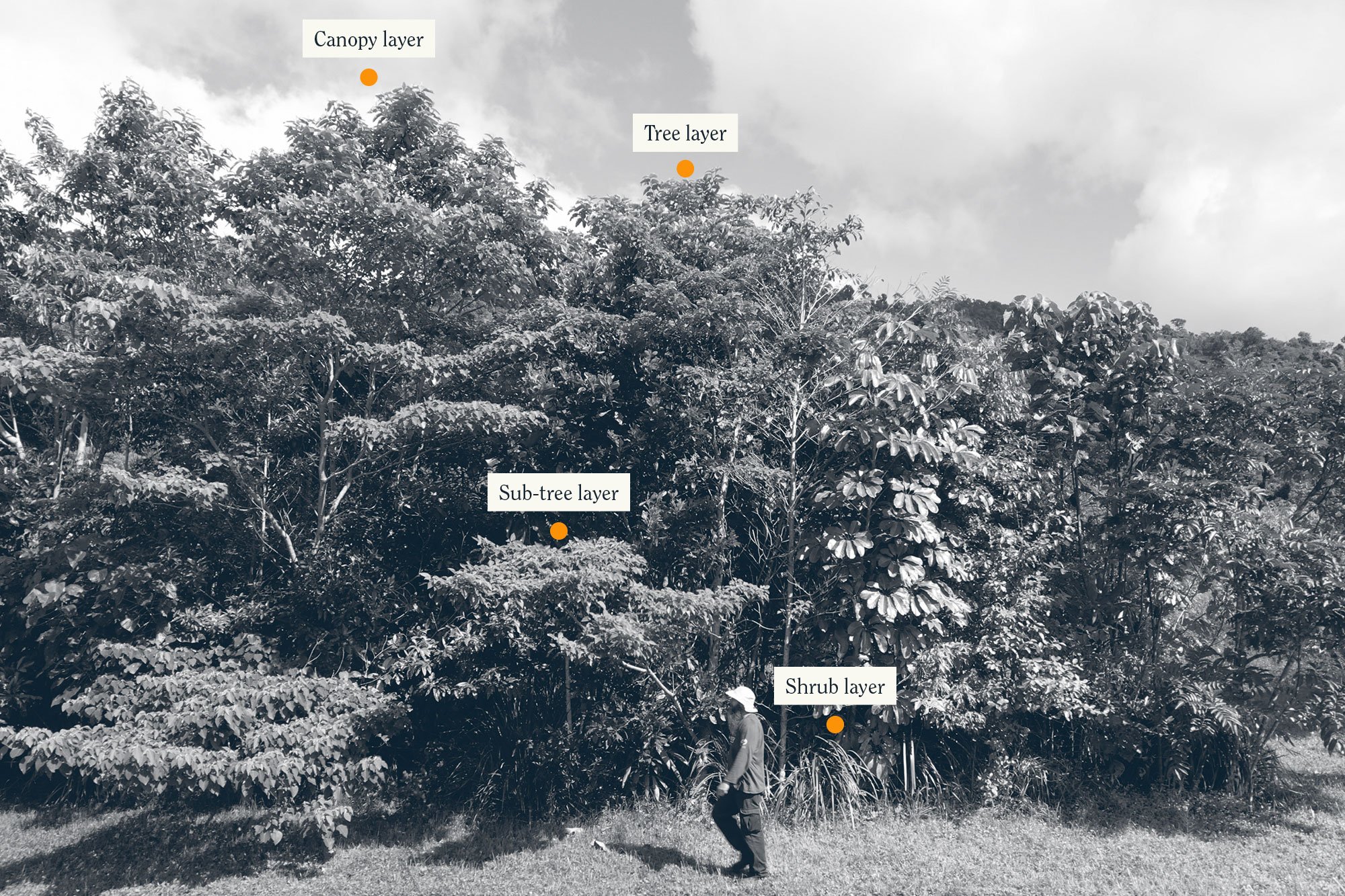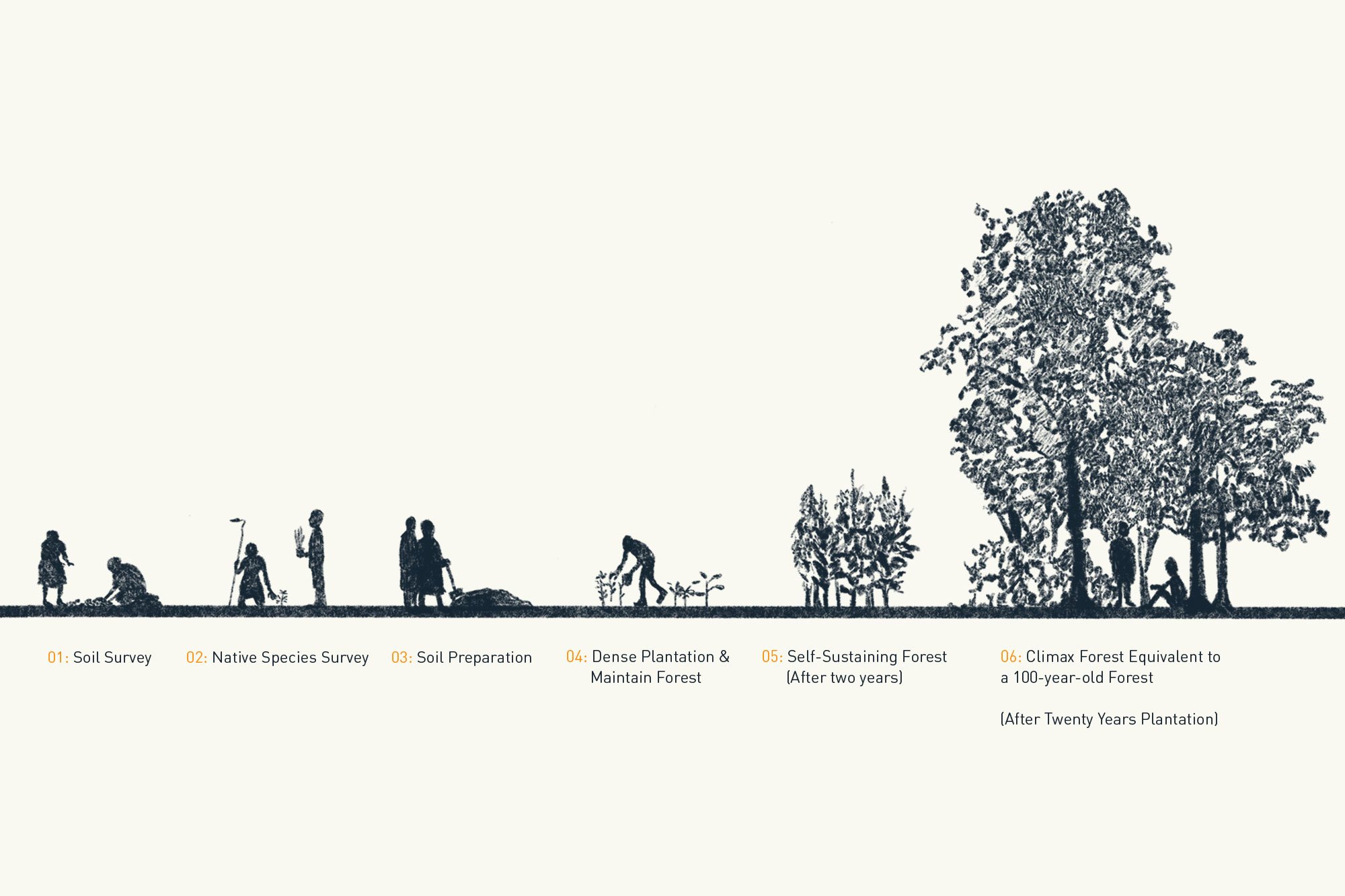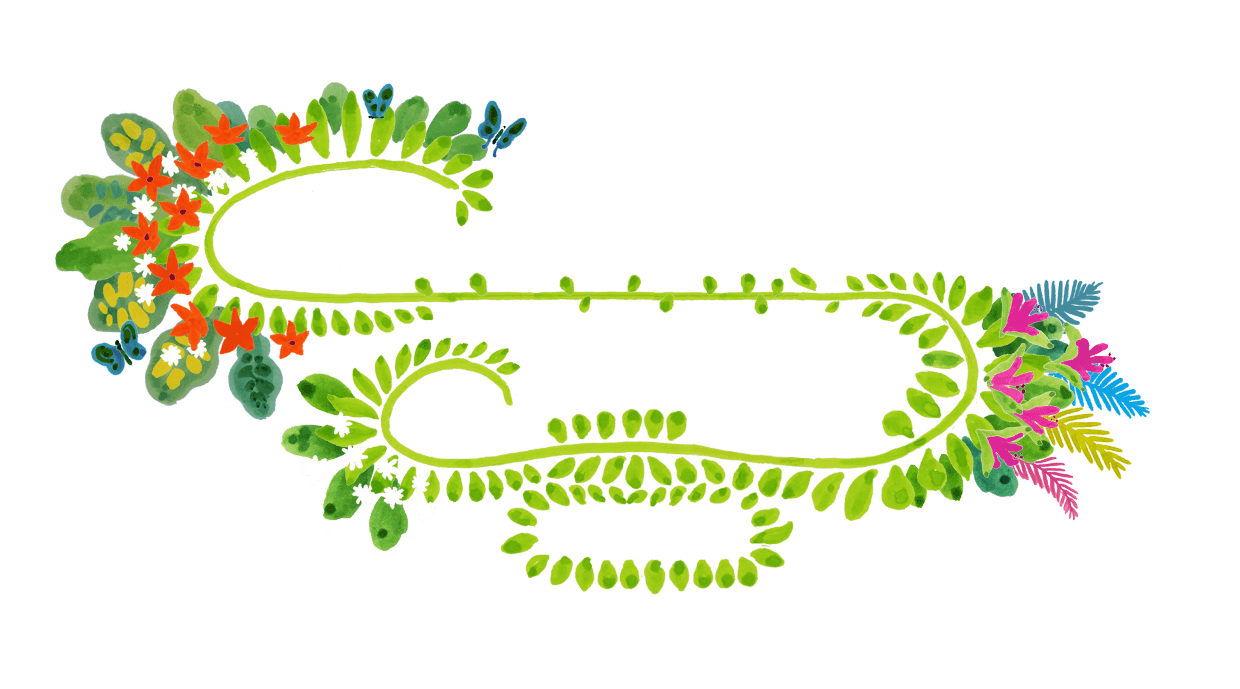
Insight
What is the Miyawaki method?
SUGi has created a diverse network of expert forest-makers across the globe. Implementing the revolutionary Miyawaki method of rewilding, through our pocket forests we’ve helped regenerate rural and urban areas. Working with native species that have spent thousands of years adapting to their local environment, the Miyawaki method creates self-sustaining ecosystems.
This type of afforestation not only ensures biodiversity, but it can also help mitigate the effects of climate change, and pollution. Miyawaki forests can thrive in areas as small as three square meters, making them ideal for urban landscapes, as seen in the transformation of school playgrounds, city parks, and urban rivers by SUGi's forest makers.

Promoting community, alongside mental and physical wellbeing, SUGi’s focus on nature-deprived areas restores vital life where it's needed most.
Who?
The Miyawaki method used to create SUGi Pocket Forests is based on the pioneering work of Japanese botanist and ecologist Professor Akira Miyawaki.
His 40 years of research has developed into the ‘Miyawaki method’ — an approach that prioritizes the natural development of forests using native species. Miyawaki forests can grow into mature, self-sustaining ecosystems in a short span of time. They act as an oasis for biodiversity, heal the environment in many direct ways and reconnect the local community to nature and the potential for natural healing.
Professor Miyawaki educated people on planting in over 1,700 areas around the world, including over 1,400 sites in Japan. This has so far led to the creation of over 3,000 primary forests and the planting of over 40 million native trees worldwide.

How?
The Miyawaki method mirrors nature by using only native species. It creates a natural environment that incorporates all the elements needed to nurture a thriving ecosystem.
After a thorough survey of the site, extensive research is carried out with the local community to identify potential natural vegetation. Just like all forests are complex networks of living organisms, Miyawaki forests are built on four layers of vegetation: canopy trees, trees, sub-trees and shrubs. This layering effect bolsters a resilient green wall featuring up to 40 different species to create balance.

SUGi focuses on nature-deprived areas, this often means the soil is degraded, compacted, waterlogged or bacteria-dominant. Our forest makers work the soil once to restore the missing biology needed to become oxygenated, fertile and self-sustaining. Because trees need fungi-dominant, soft and crumbly soil, strains of beneficial fungi and stimulants are introduced via compost tea.
The afforestation principles of the Miyawaki Method are based on an understanding of how each of the native species interact in a natural forest. Trees are planted closely together while also mimicking nature in random dispersion, this maximizes density, and encourages biodiversity.

Why?
The Miyawaki Method is the most effective method of afforestation. Through its considered design, SUGi’s Miyawaki forests have an average survival rate of 88%, substantially surpassing the rates of conventional schemes.
Miyawaki forests are 30x denser and contain 100x more biodiversity than traditional forests. Fully mature forests, which normally take up to 100 years to develop can be cultivated within 20-30 years using the Miyawaki method.

Urban forests can help mitigate the effects of climate change and pollution. They absorb and store carbon dioxide through photosynthesis, reduce the urban heat island effect, and improve air quality by filtering pollutants. Urban forests also help manage stormwater runoff, reduce soil erosion, and provide habitat for wildlife, which contributes to biodiversity and ecological resilience.
Research indicates that spending time around trees can have a calming effect by reducing stress levels, lowering blood pressure, and enhancing mood. The Miyawaki method is community-based and people-centered and can be used to reclaim and reimagine public space for the benefit of people’s health and mental wellbeing.




